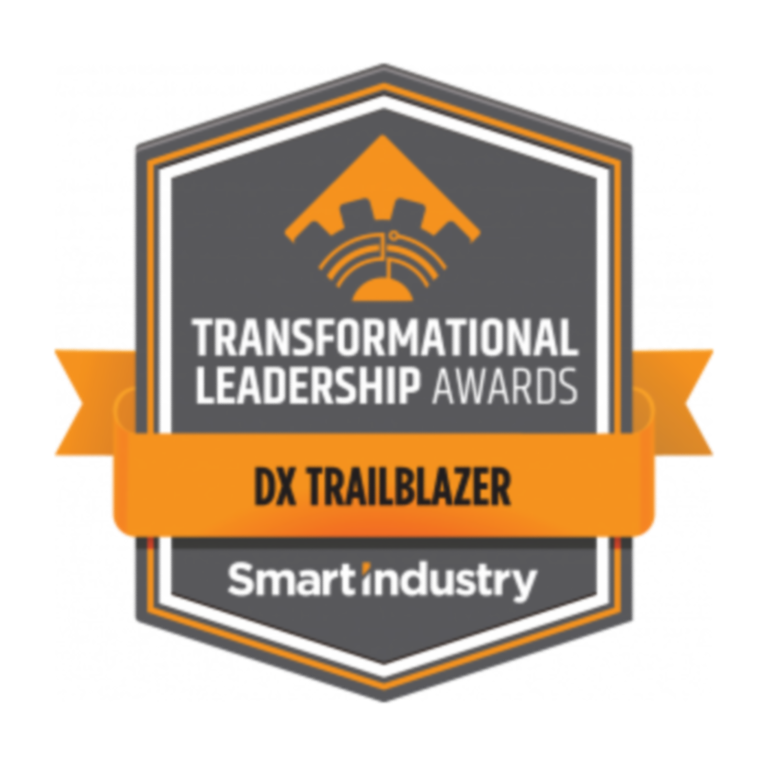Fonterra needed to meet the growing demands of customers around the world, while ensuring its products were made with the same high quality in each facility. The AOT group knew that the breakthrough solution was in digital transformation and initiated a plan to find an efficient way to securely deliver trustworthy data from the plant floor to the enterprise.
Before embarking on this multiyear digital transformation journey, Fonterra’s manufacturing data was a mixture of paper-based and electronic systems. At times, data could be incomplete or only understood by specific operators. Data could not be easily contextualized or shared with other facilities or the enterprise, and no centralized management process created version control issues.
Revolutionizing Data Collection
The team began the journey to implement an innovative, sustainable solution that could revolutionize data collection and analytics capabilities and inspire trust across manufacturing and enterprise functions.
Fonterra already used Rockwell Automation solutions to integrate closed loop analytics, manufacturing operations management (MOM), and track and trace solutions into its business. Now the AOT team would also leverage Rockwell Automation strategic alliances with Microsoft and PTC.
Before the transformation, Fonterra faced many challenges, including:
- Limited production capacity to meet customer demands, which meant the company might need to invest capital to build more plants
- A lack of standardization across its global plants
- Unplanned downtime due to events that were difficult to identify and troubleshoot to a speedy resolution
- Largely manual data collection and aggregation that lacked reliability, consistency, and context, which impacted the organization’s ability to make informed, timely operational and business decisions
Fonterra’s primary digital transformation goals included increasing OEE as part of continuous improvement across facilities and improving production capacity without the capital expenditure of building more plants. They also wanted to mitigate potential quality issues, reduce unplanned downtime, and democratize data to inform day-to-day operations, forecasting and strategic business decisions.
Overcoming Resistance
The initial phase took 3 years to complete and now empowers data-driven insights across more than 10 Fonterra sites. The team met some resistance to the new way of collecting and analyzing data. Accustomed to tracking day-to-day operations and yields using spreadsheets, some worried the automated digital system would misrepresent factors that required human experience to interpret.
The system proved itself, impressing stakeholders with the accuracy of the information and the ease with which they could now access, analyze, and share it. In practice, stakeholders were spending far less time crunching numbers and far more time using analytics to identify and inspire opportunities. As a result, the initiative reached a cultural turning point as plant managers zeroed in on areas for improvement and responded to errors faster, and executives make more agile decisions.


